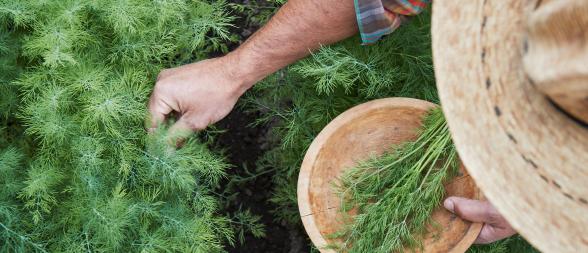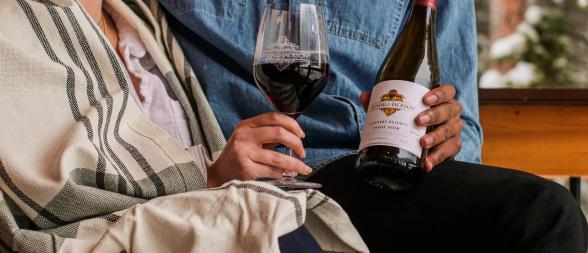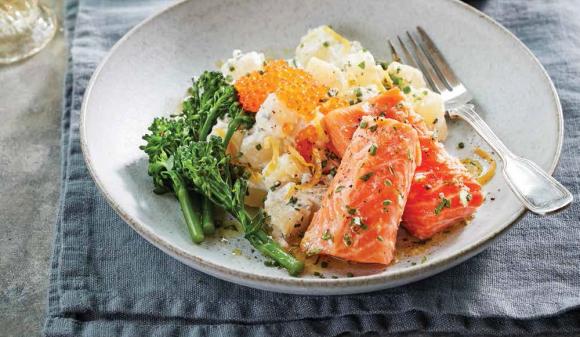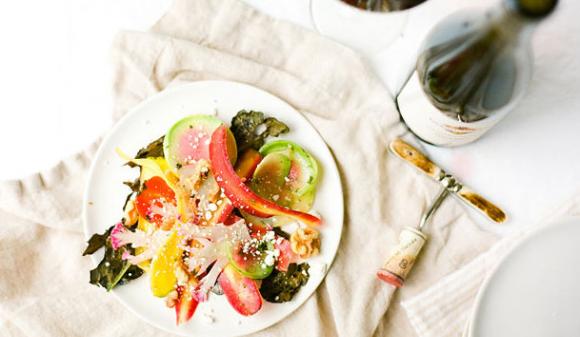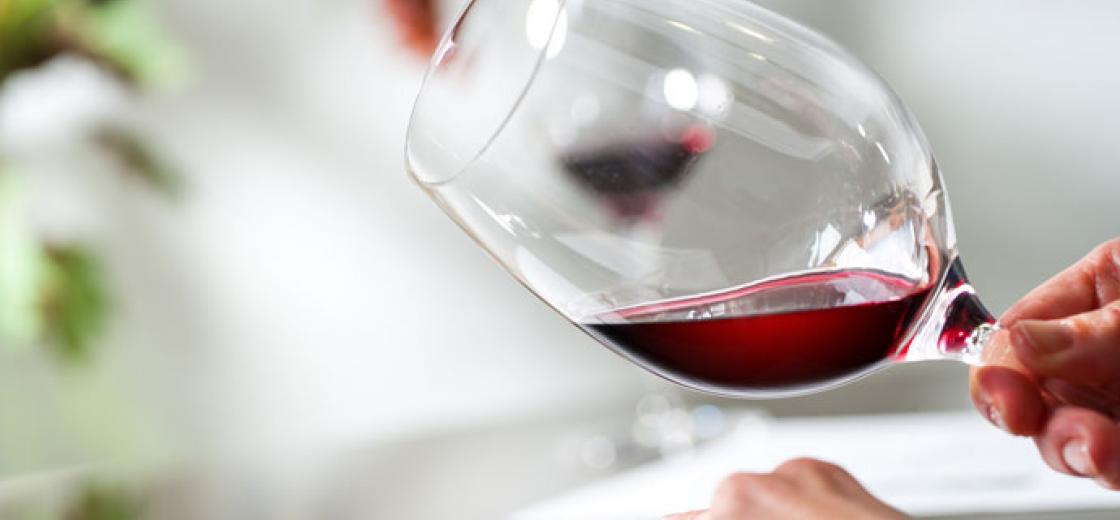
More Ways to Up Your Wine Game
A few months ago, we talked about “How to Take Your Wine Knowledge to the Next Level.” Today, I want to take the topic to another level.
My own experiences may offer some value. When I began to develop an intense interest in wine, in the late 1970s and early 1980s, there was no Internet, no social media, no Google or Wikipedia to help me. Instead, I had to learn the old-fashioned way. Mainly this was through reading, which I wrote about last May in this post.
Reading is still, in my opinion, the best, most long-lasting way to develop wine knowledge but nowadays it can be done online. I personally am a book-guy; I love the way a book feels in my hands. Books are my friends. But I realize that book reading may be of more interest to people of my generation than of Millennials. I hope not, but we have to face reality.
So I read, read, read all I could get my hands on. I’d buy every book (usually second-hand) that interested me: on Bordeaux, on Burgundy, on California, on Germany. I bought the memoires of the famous writers: Hugh Johnson, Alexis Lichine, Michael Broadbent, George Saintsbury, Harry Waugh. Although some of these individuals have now sadly passed on, their writings remain with us forever, and are inspirational. And then, of course, today we have a much more numerous and varied list of celebrity wine writers.
Back in those days, I also tasted as much as possible. Granted, it was fairly easy for me, living in San Francisco, to find opportunities. Many of the stores had tasting bars. There were also amateur wine organizations I joined, such as Les Amis du Vin, that held regular wine tastings that were high-level. LADV doesn’t exist anymore, but you might see if something similar exists in your town or city.
I also found it quite useful to hang out in the city’s finer wine shops and pick the brains of the floor staff. I remember asking Wilfred Wong, who now is the Chief Storyteller at Wine.com but then was in charge of the wine department for his family’s small Ashbury Market, why one Cabernet Sauvignon cost $6 while another cost $15. Weren’t they the same wine? Then what accounted for the price difference? This is a very naïve question, but then, all knowledge begins by asking simple things from people who can answer them.
Finally, and obviously, I benefited enormously from visiting wine country, mainly Napa Valley and the Russian River Valley. They were just an hour or so from where I lived. I learned a tremendous amount from chatting with the staff in the winery tasting room.
So if you’re in the habit of making New Year’s resolutions, try these four:
- I will read more about wine, either online or in hard copy.
- I will seek out new tasting opportunities in my locale.
- I will get to know the staff of the better wine stores in my neighborhood and learn from them.
- I will visit wine country. Every U.S. state now produces wine; most of them have “wine trails.” Remember, a journey of a thousand miles starts with the first step!
From all of us at Kendall-Jackson, here’s wishing you a happy, safe and wine-loving new year!
Steve Heimoff is one of America’s most respected and well-known wine writers. The former West Coast Editor for Wine Enthusiast Magazine and a contributor to Wine Spectator, he has also authored two books on the subject of California wine, including “New Classic Winemakers of California: Conversations with Steve Heimoff,” published in the fall of 2007.

